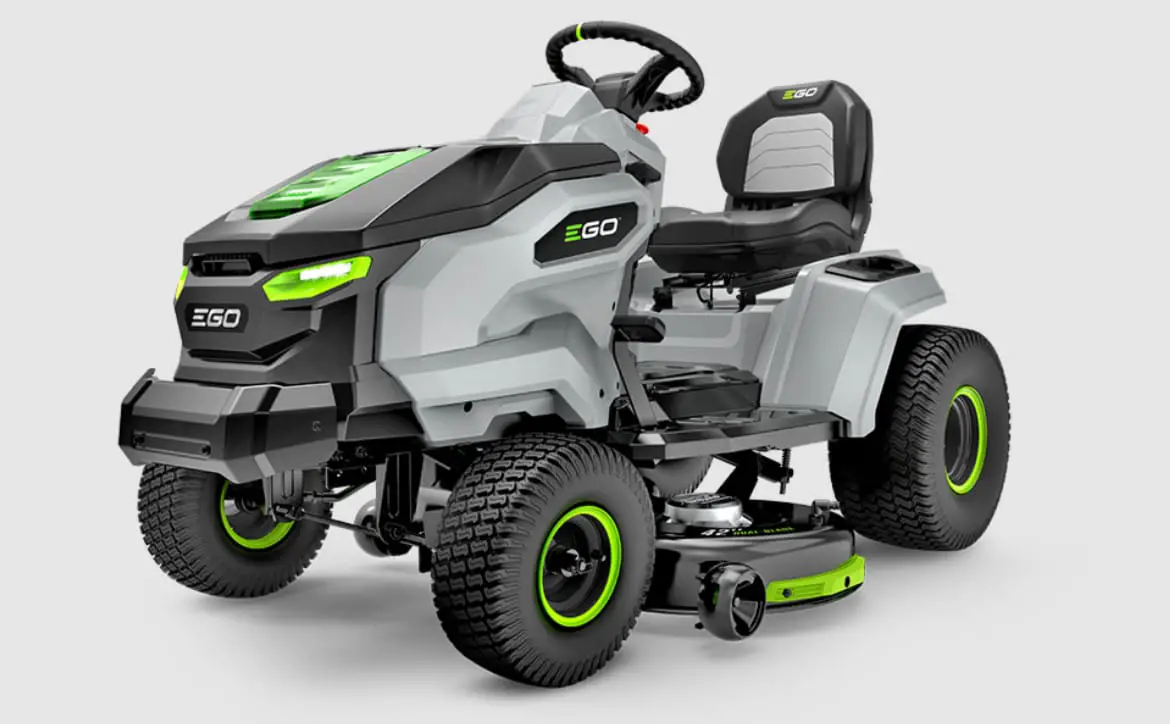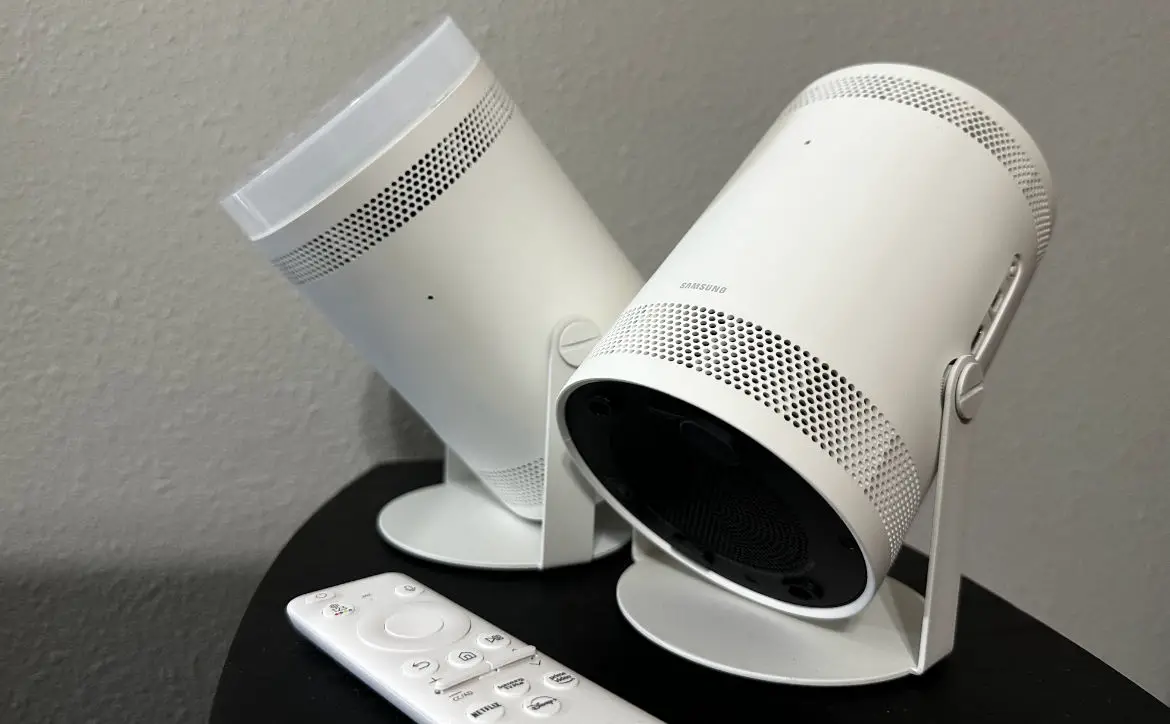These are some of the most effective ideas and techniques that give us a road map after helping to increase the organic traffic for many brands. It works for affiliate websites, local companies, Shopify sites, and e-commerce websites, among others. This comprehensive SEO checklist addresses all facets of SEO, including keyword research, on-page SEO, and technical SEO.
Estimated reading time: 7 minutes
Discover the best ways to ensure the greatest site structure and the finest Meta tag usage to support your SEO efforts. This is, in fact, the most comprehensive SEO checklist available online. Apart from this, you can also go for hiring the right SEO consultant for your business.
Table of contents
Basics of SEO Checklist
Let’s start by discussing the principles of SEO. You can learn more about the plug-in and tools you’ll need to rank in search engines here. To this checklist, you can also go for Hiring the Right SEO Consultant for Your Business.
Configure Google Search Console
A VERY potent free SEO tool is the Google Search Console. You may use Search Console to monitor how well your website performs in Google searches. It therefore has a ton of helpful features, including:
- Examine the terms that send you the most visitors.
- Send your sitemap in
- Correct website issues
- View the scores for your page experience.
In other words, setting up the Google Search Console is an important first step if you’re serious about SEO.
Bing Webmaster Tools should be installed.
Install Bing Webmaster Tools next. Are Bing and Google equally popular? No. However, Bing has roughly 1 billion visitors each month. So, it’s worthwhile to optimize for. A built-in keyword research tool is only one of the cool features of Bing Webmaster Tools.
Install Google Analytics
The BEST way to find out how visitors find (and utilize) your website is using Google Analytics. Among its numerous beneficial attributes are:
- See how much traffic you get.
- Search which of the website’s get the most viewers.
- Check to see if (and how much) your traffic is increasing.
- Identify other websites and search engines that direct traffic to you.
- Your exact time on site, views on page, and reverse rate
Install Yoast SEO (Only for WordPress Users)
The most used SEO plugin on the earth is called Yoast. And with good cause. Yoast makes optimizing your WordPress site for search engines elementary. Additionally, it aids you with technical SEO issues like sitemaps and robots.txt. Recommended.

Checklist for Keyword Research
SEO is made on a basis of research of keyword. And I’ll show you how to swiftly locate keywords that your clients search for in this checklist. First, go for “Google Suggest” to look long-tail keywords. One of the good reason to get tail keywords is utilizing this. This is how it goes:
Enter a keyword into Google first.
Use Google Keyword Planner To Find Reliable Keywords
The official keyword research tool from Google is called the Keyword Planner. Technically, it was created for Google Ads. Despite this, it is still VERY helpful for researching SEO keywords. After all, Google provided the information directly. So, you’re aware that it’s quite accurate. A guide to utilizing Google Keyword Planner for SEO is provided here.
Participate on online forums
Excellent resources for finding keywords include Reddit, Quora, forums, and other internet communities. Additionally, I made a video that (step-by-step) demonstrates how to uncover untapped keywords in these groups.
Use KWFinder to Find Low Competition Keywords
A freemium keyword research tool is KWFinder. The fact that KWFinder provides you with TONS of information on each keyword makes it special. As you can see, KWFinder provides information on the following when you enter a keyword:
- Search activity
- Term complexity
- Visits projected by CPC Trends
You can then select keywords with less competition that are simple to rank for.
Go for Answer The viewers to get “Question Keywords”
The best keywords for blogs and articles are questions. (For instance, “How do you make cold-brewed coffee?”)
List of On-Page SEO Checks

It’s now time to improve your content utilizing a few tried-and-true on-page SEO strategies.
Make sure your URL contains your keyword
Google can better grasp the purpose of your page thanks to your URL. A URL with numerous keywords might also increase your organic CTR.
Employ brief URLs
Your URLs should be as brief as possible. Why? Short URLs rank best on Google, according to a recent research of 11.8 million search results from Google.
Include Your Keyword Front-Load In Your Title Tag
Your title tag should contain your keyword. However, fewer people are aware that the location of your keyword matters. When possible, you should place your keyword in the front of your title tag. For instance, “copywriting” serves as the core keyword for this article:
Incorporate Title Tag Modifiers
There are words and phrases you can use to modify your title tag. If you do, your page may gain rankings for a variety of long-tail keywords.
In the first 150 words, use your keyword only once.
The first 100–150 words of your page are given higher importance by Google. Therefore, be sure to include your keyword here once. Utilize your keyword in the H1, H2, or H3 tags. Ensure that H1, H2, or H3 tags contain your keyword.
For instance:
You may have noticed that the first sub header on this page has the phrase “SEO Checklist”: That sub header is, in fact, included in an H2 tag. Moreover, using “SEO Checklist” in an H2 can improve my position in search results for that phrase.
After that:
- This advice won’t significantly impact your Google rankings.
- But every little amount helps when it comes to search engine optimization.
Image Optimization
Your choice of photos reveals a lot about your content. Sadly, Google still lacks the ability to “see” photos like a human. You should therefore optimize your picture alt tags and filenames to make it easier for people to interpret your photographs. (As an added bonus, optimized photos aid in image search ranking.)
Use LSI keywords and synonyms
Google is smart today. Use synonyms and LSI keywords instead of repeating the same phrase a thousand times. Let’s take the example of wanting to rank for “how to start a blog.” You should use that specific term several times on your page, then. And similar terms:
- Ways to start a blog
- Launching a blog
- Ways to start a blog
Use External Links in Step 9 of the WordPress blog setup guide. Make sure your content has links to 5-8 authoritative websites. For instance, I link to reputable websites like Wikipedia and Google.com in this list of SEO strategies.
Employ internal linking
This is straightforward: Link to two to five additional pages on your website whenever you publish a new piece of content.
Conclusion
As you can see, this SEO checklist is effective. But first, I want to hear from you before you begin the checklist. What do you think of the post from today? Hiring the Right SEO Consultant for Your Business is very important if you wish to rank your website.










